ASTEROID DAY 2018

ASTEROID DAY 2018
On 30 June 1908, 110 years ago, a 40 m asteroid struck the Earth over Tunguska, Siberia.
Destroying an area of forest the size of Greater London, this was the most significant impact event in Earth’s recent history.
Now recognised by the United Nations as Asteroid Day, 30 June marks a global opportunity to raise awareness of the threat and opportunity posed by the numerous rocky bodies traversing space.
Since 2009, ESA has played a leading role in the global hunt for risky asteroids and comets – known formally to astronomers as near-Earth objects (NEO) – and is currently developing cutting-edge widefield telescopes that will have the ability to scan the entire sky in just 48 hours.
ESA also carries out crucial analysis as part of its Space Situational Awareness (SSA) programme and mobilises observatories and astronomers worldwide through its SSA NEO Coordination Centre at the Agency’s ESRIN facility in Italy.
Each year, Asteroid Day is broadcast live across the globe with a packed programme that brings together astronauts, rock stars and scientists.
Highlighting our potentially vulnerable place in space, the live event also describes the many ingenious and yet not-far-from scifi potential solutions to these dangerous roaming rocks.
Each year hundreds of regional events also take place, with 78 countries so far having hosted concerts, community events, lectures and much more.
More Posts from Venusearthpassage and Others
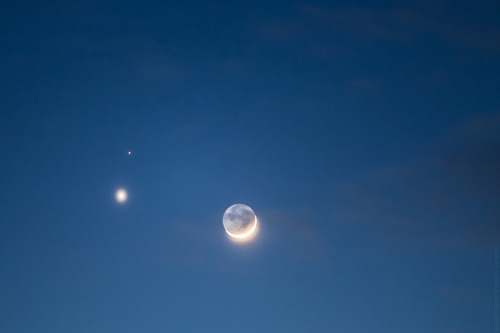
Moon - Venus - Mars
by Neil A.D. Taylor
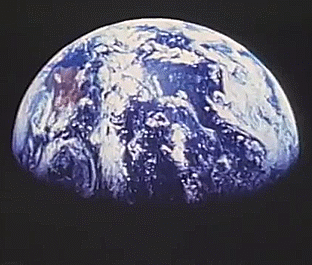
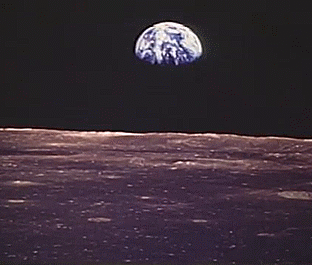
Apollo 11 Earthrise









Comparison of the planets of the solar system, Pluto and Sun in relation to the earth.
Images: commons.wikimedia (Sun: Alan Friedman)







I do love me a good artist drawing of the Solar System. This time with moons and more facts! Art by Vadim Sadovski.

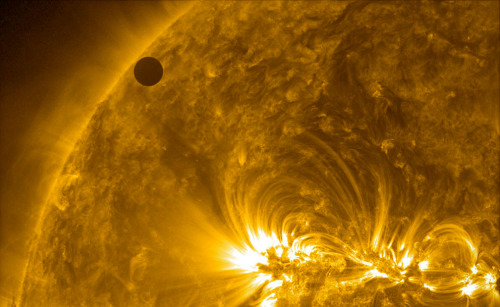

Hinode Views the 2012 Venus Transit
On June 5, 2012, Hinode captured these stunning views of the transit of Venus — the last instance of this rare phenomenon until 2117. Hinode is a joint JAXA/NASA mission to study the connections of the sun’s surface magnetism, primarily in and around sunspots.
Image credit: JAXA/NASA/Lockheed Martin

Thoughts on revisting Venus









SpaceTime 20180309 Series 21 Episode 19 is now out
SpaceTime covers the latest news in astronomy & space sciences.
The show is available as a free twice weekly podcast through Apple Podcasts (itunes), Stitcher, Pocketcasts, SoundCloud, Bitez.com, YouTube, Audio Boom, your favourite podcast download provider, and from www.spacetimewithstuartgary.com
SpaceTime is also broadcast coast to coast across the United States on Science360 Radio by the National Science Foundation in Washington D.C. around the world on Tune-In Radio and as inflight entertainment aboard Virgin Australia
SpaceTime daily news blog: http://spacetimewithstuartgary.tumblr.com/ SpaceTime facebook: www.facebook.com/spacetimewithstuartgary SpaceTime Instagram @spacetimewithstuartgary SpaceTime twitter feed @stuartgary
Today’s stories…
The strange dense structure discovered below the South Atlantic Anomaly A strange dense structure has been discovered directly below the South Atlantic Anomaly and just above the Earth’s core mantle boundary. The object may provide important clues about the Earth’s magnetic field and when it’s next likely to reverse polarity.
New gravity mission to monitor climate change NASA’s next Earth Gravity mission is slated to launch aboard a SpaceX Falcon 9 rocket from the Vandenberg Air Force Base in California on April 14. The twin GRACE-FO spacecraft will continue the work of the original GRACE mission, monitoring how climate change caused by man’s use of fossil fuels was affecting the planet.
New exotic state of matter created Scientists have provided proof for a new state of matter comprising an electron orbiting an atomic nucleus at such a great distance – the space between the two can contain other bound atoms. The discovery raises new questions about the definition of an atom.
The Science Report The deadly legacy of asbestos is only now reaching its peak. Police to deploy drone killers at next month’s Commonwealth Games. Australians dying from alcohol-attributable diseases at the rate of one every 90 minutes. Taking selfies really does make your nose look bigger. A skeptic’s guide to water divining.
SpaceTime Background SpaceTime is Australia’s most respected astronomy and space science news program. The show reports on the latest stories and discoveries making news in astronomy, astrophysics, cosmology, planetary science, galactic and stellar evolution, physics, spaceflight, and general science. SpaceTime features interviews with leading Australian scientists about their latest research. The show is broadcast coast to coast across the United States by the National Science Foundation on Science360 Radio, and is available in Australia as a twice weekly podcast which averages around three million downloads annually. It’s hosted through Bitez.com on all major podcast platforms. SpaceTime is also available as inflight entertainment on Virgin Australia Airlines and on Tune in Radio. The SpaceTime program began life in 1995 as ‘StarStuff’ on ABC NewsRadio. Stuart Gary created the show while he was NewsRadio’s Science Editor and evening News anchor. Gary wrote, produced and hosted the program, consistently achieving almost 9 percent of the Australian national radio audience share - according to the Neilsen ratings survey figures for the five major Australian metro markets (Sydney, Melbourne, Brisbane, Adelaide, & Perth). The StarStuff podcast was hosted by ABC Science on line achieving over 1.3 million downloads annually. The program was axed in 2015 following ABC budget cuts. Gary resigned from the ABC, taking the show and audience with him and rebranding it as SpaceTime. The first SpaceTime episode was broadcast on February 8th 2016 and the show has been in production twice weekly ever since.
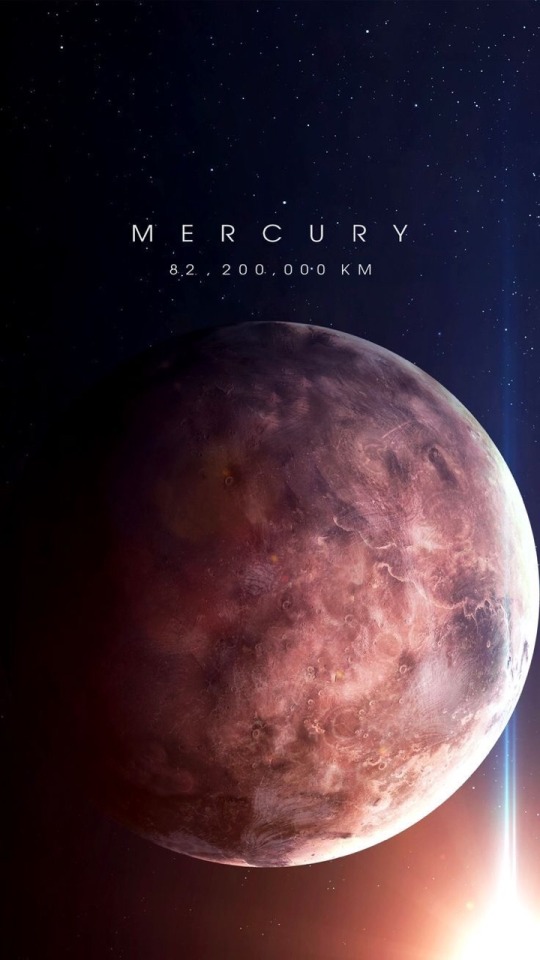
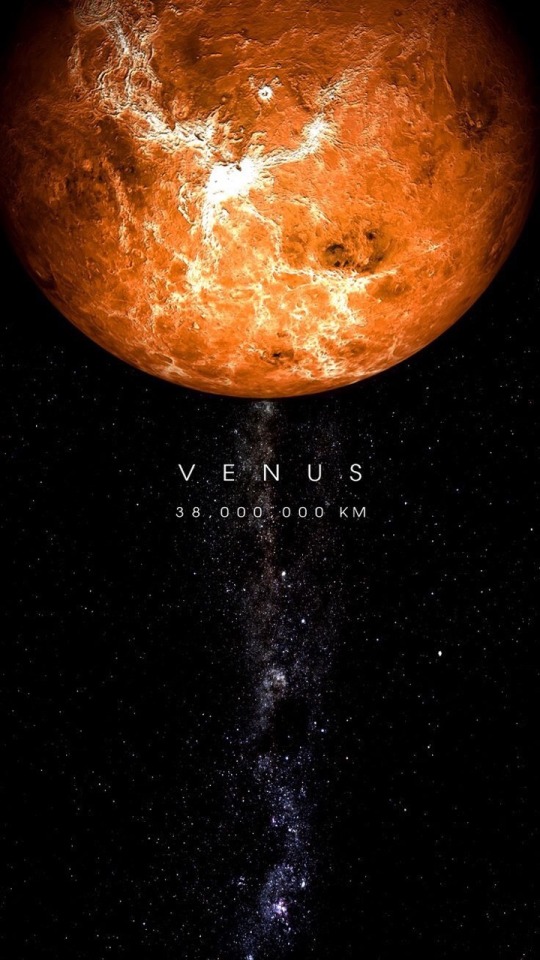
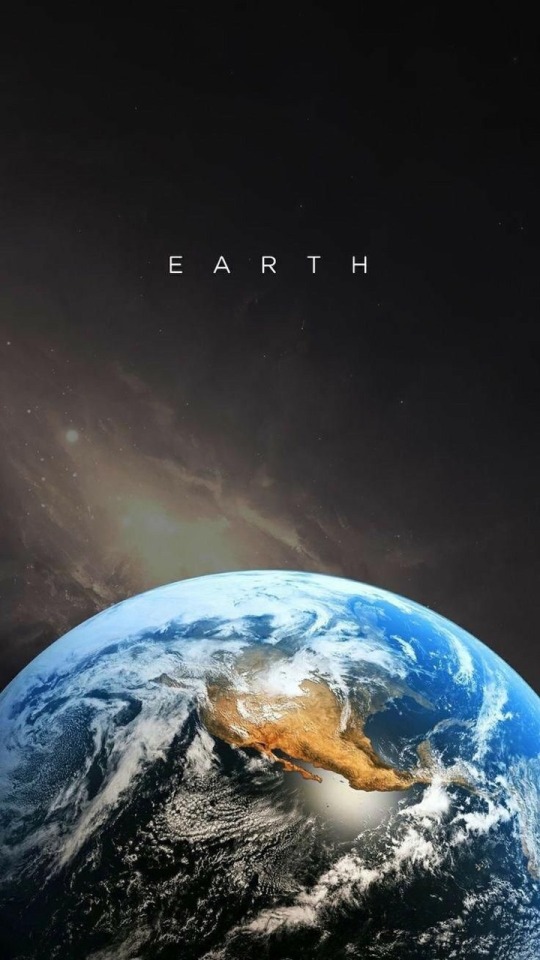
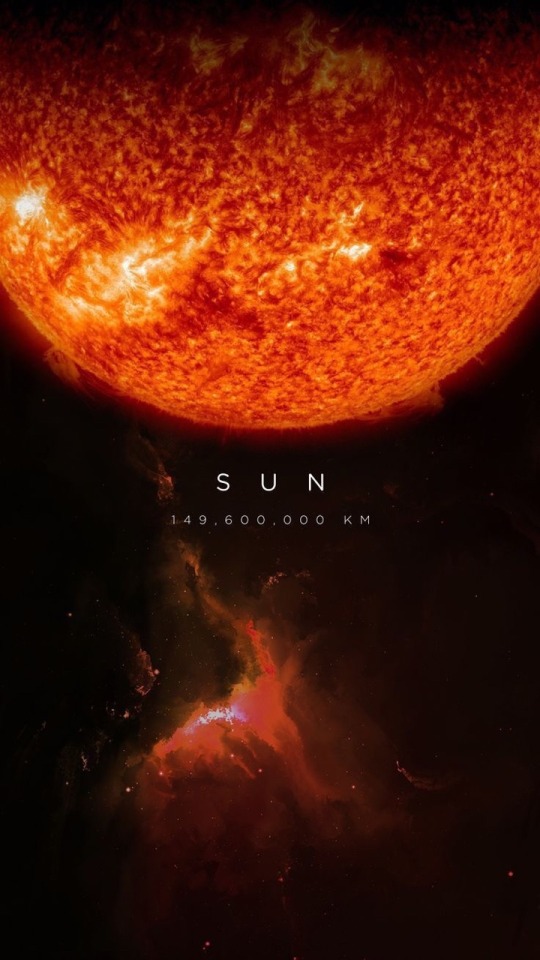
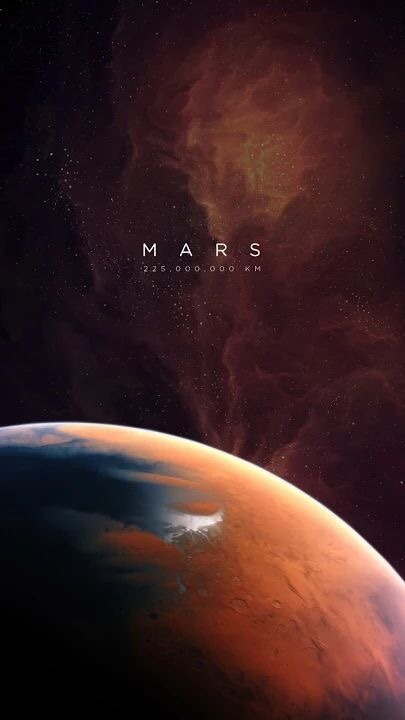
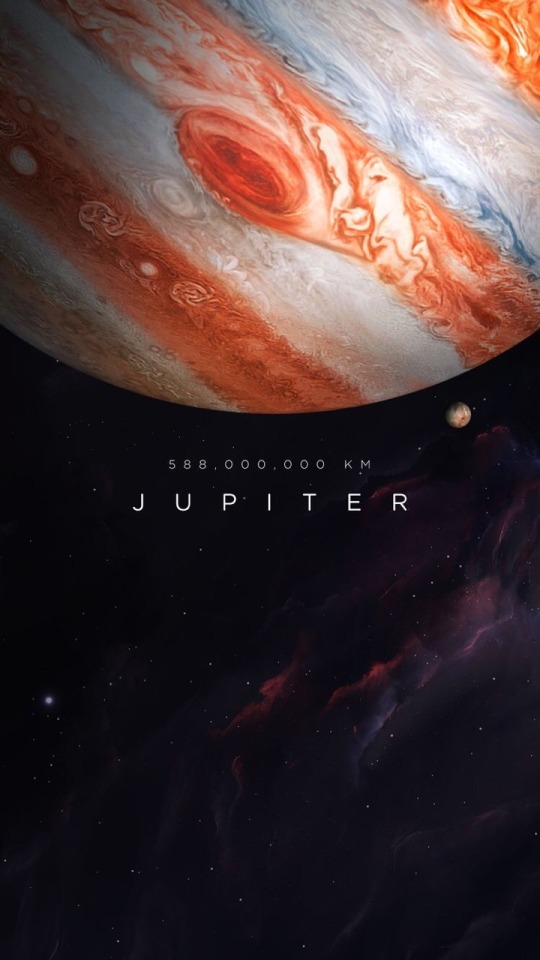
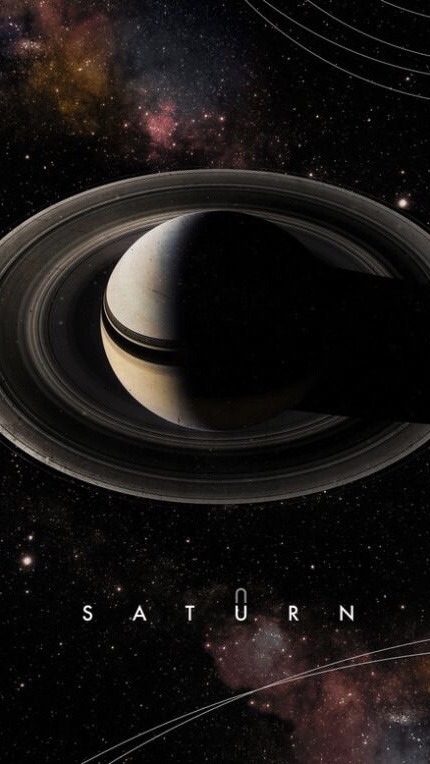
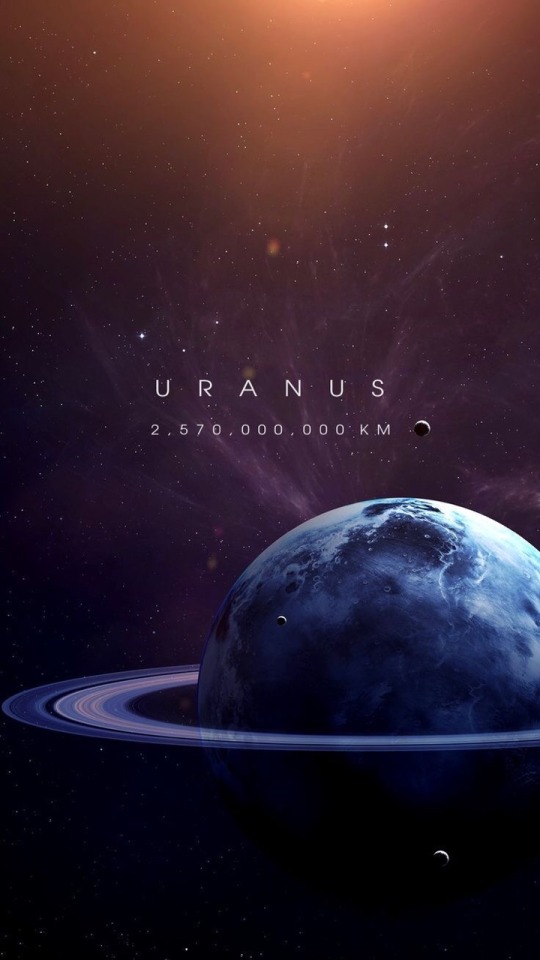
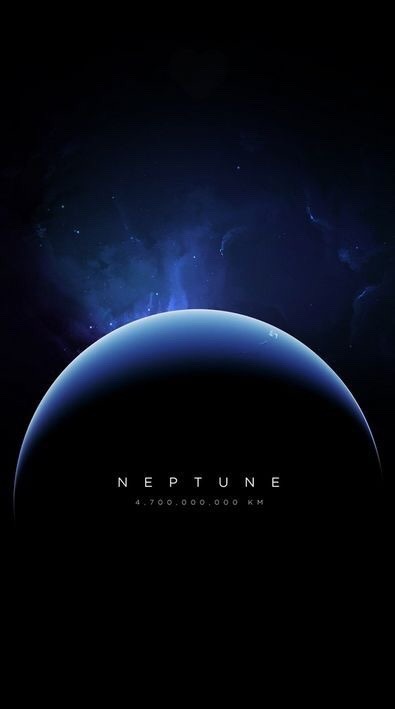
Solar System
•please like or reblog if you use




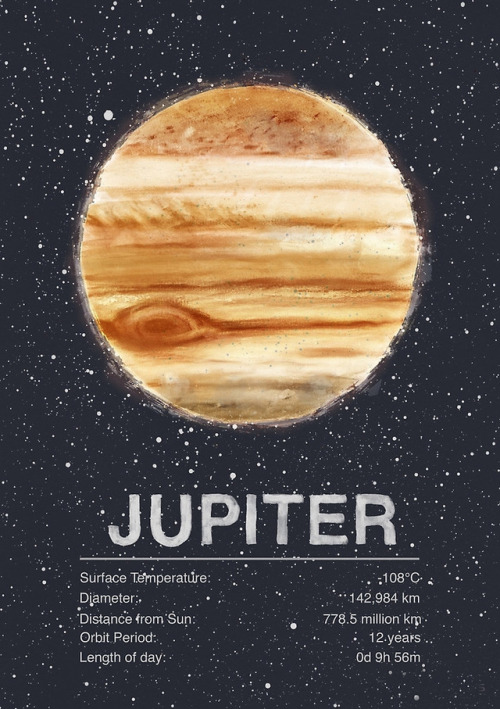



Our Amazing Solar System!

A view of the Apollo 11 lunar module “Eagle” as it returned from the surface of the Moon to dock with the command module “Columbia”. A smooth mare area is visible on the Moon below and a half-illuminated Earth hangs over the horizon. The lunar module ascent stage was about 4 meters across. Command module pilot Michael Collins took this picture just before docking at 21:34:00 UT (5:34 p.m. EDT) 21 July 1969. (Apollo 11, AS11-44-6642)
Credit: Apollo 11, NASA
-
 chunkycatass liked this · 7 years ago
chunkycatass liked this · 7 years ago -
 venusearthpassage reblogged this · 7 years ago
venusearthpassage reblogged this · 7 years ago -
 venusearthpassage reblogged this · 7 years ago
venusearthpassage reblogged this · 7 years ago -
 leptoquark3 liked this · 7 years ago
leptoquark3 liked this · 7 years ago -
 spacetimewithstuartgary reblogged this · 7 years ago
spacetimewithstuartgary reblogged this · 7 years ago